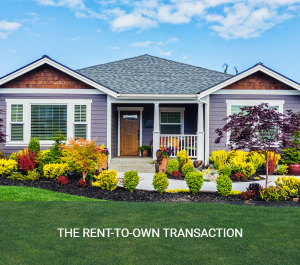
Understanding Lease-to-Own Properties: A Path to Homeownership
Lease-to-own properties, also known as rent-to-own or lease-option homes, provide tenants with the opportunity to eventually buy the home they are renting. Here’s a breakdown of how this process typically works:
Lease Agreement
This legally binding contract outlines the rental terms, including monthly rent, lease duration, security deposit, pet policies, and maintenance responsibilities. Lease-to-own agreements often have longer terms than standard leases, allowing tenants time to decide whether to purchase the property.
Option Agreement
A separate agreement gives the tenant the exclusive right—but not the obligation—to purchase the property at a set price within a specific period. It includes details such as the purchase price, option fee, and conditions for exercising the purchase option.
Option Fee
This upfront, non-refundable payment secures the tenant’s right to buy the home later. Typically ranging from 1% to 5% of the property’s price, the option fee is negotiated between the tenant and landlord. If the tenant opts not to purchase, the fee is forfeited.
Rent Payments & Credits
Tenants pay rent as outlined in the lease, but in many lease-to-own agreements, a portion of the rent may be credited toward the future purchase. The lease agreement specifies how much of the rent contributes to the eventual down payment.
Maintenance & Repairs
Unlike traditional rentals, lease-to-own agreements often require tenants to handle maintenance and repairs. These responsibilities—ranging from minor fixes to major repairs—are typically detailed in the lease.
Option to Purchase
At the end of the lease term, the tenant can buy the property at the agreed-upon price. However, they are not obligated to do so and can walk away if they choose.
Purchase Agreement & Closing
If the tenant decides to buy, a formal purchase agreement is signed, detailing the sale price, closing terms, and contingencies. The closing process finalizes the transaction, often involving mortgage financing—potentially through Treasury Funds Home Loans, Inc.—along with closing costs and paperwork.
Is Lease-to-Own Right for You?
A lease-to-own arrangement offers flexibility and a potential path to homeownership. However, tenants should fully understand the terms before committing.
At Treasury Funds Home Loans, Inc., we’re happy to answer any questions about lease-to-own transactions. Reach out today to explore your options!
